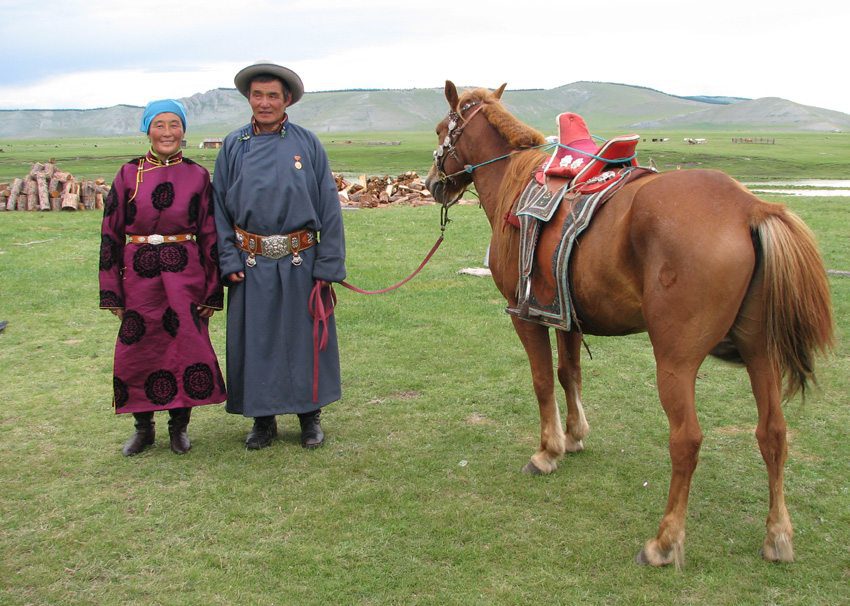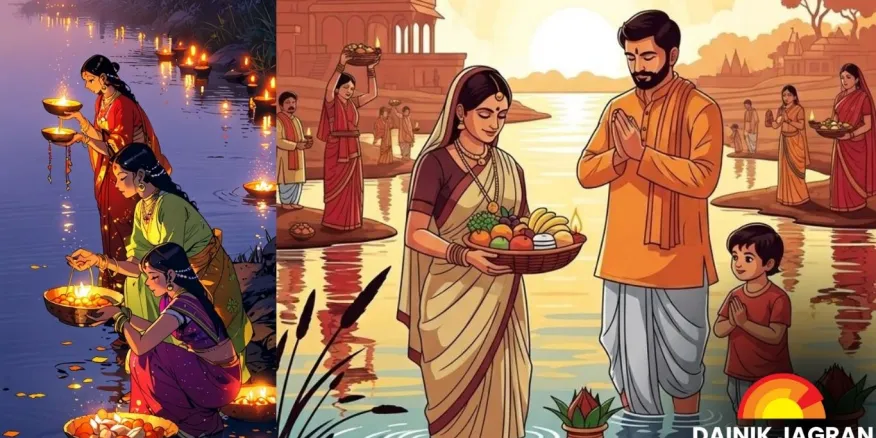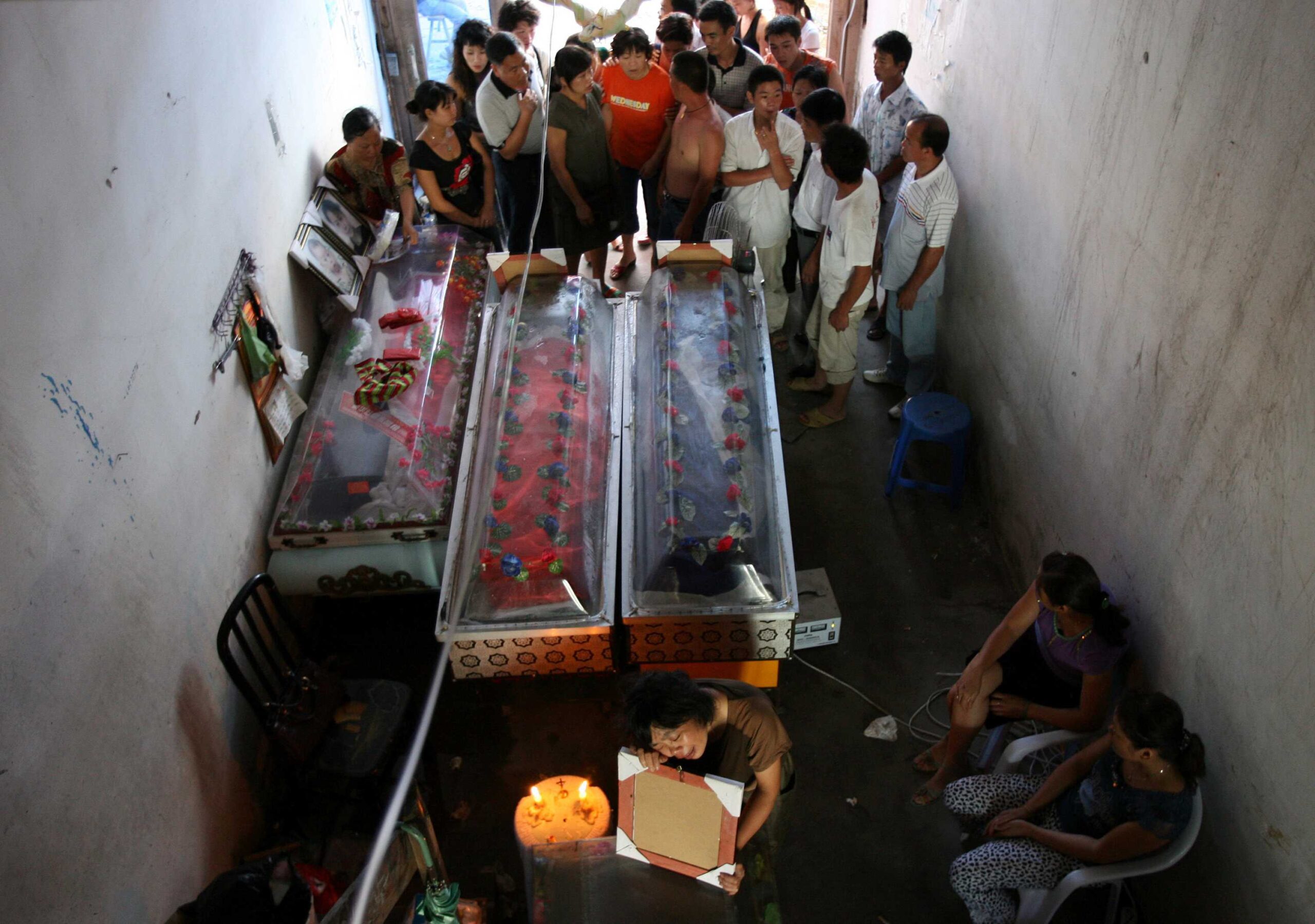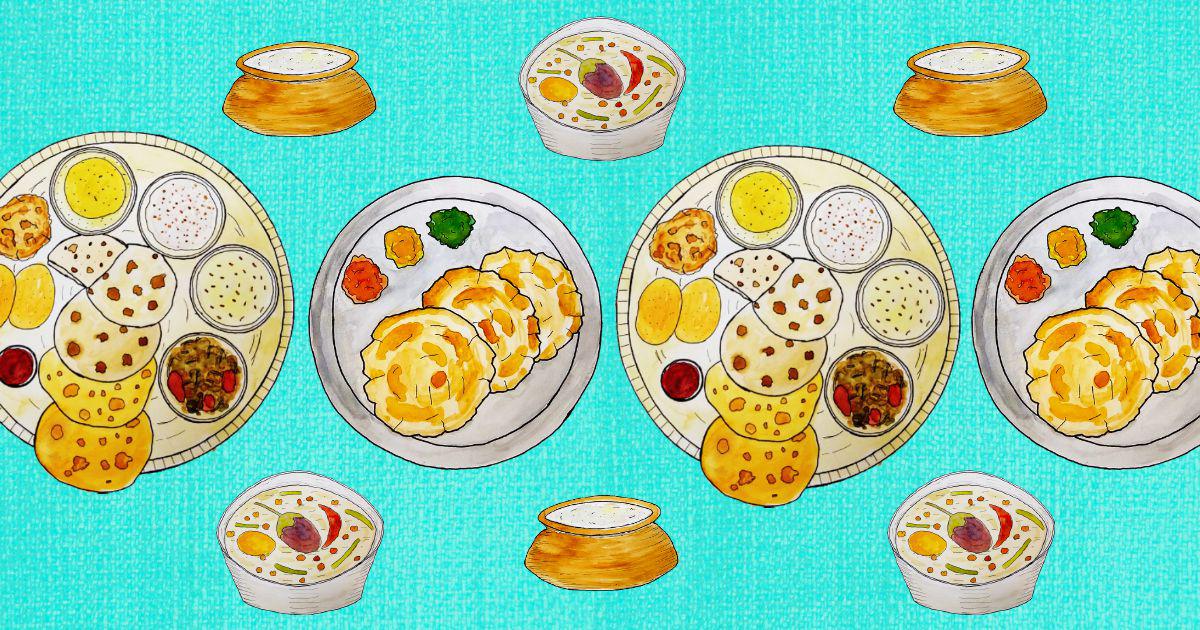Now Reading: Mongolia’s Horse-Taming Festival: Riding Without Saddles
-
01
Mongolia’s Horse-Taming Festival: Riding Without Saddles
Mongolia’s Horse-Taming Festival: Riding Without Saddles

In the wide grasslands of Mongolia, horses are not just animals but a part of everyday life and identity. Among the many traditions that celebrate this bond, one of the most striking is a horse-taming festival where riders compete without saddles. The event is both a test of courage and a reminder of Mongolia’s nomadic heritage, where skill and balance matter more than modern equipment.
A Tradition Rooted in Nomadic Culture
For centuries, Mongolian herders have relied on horses for travel, herding, and survival in harsh terrains. The festival highlights this bond, showcasing young riders who learn to control and tame horses using only strength and instinct. The absence of saddles makes the challenge more demanding, but it also keeps the practice close to its roots.
The Spirit of the Competition
The event usually involves wild or semi-trained horses, with riders guiding them through open plains. Spectators gather to cheer as participants display agility, patience, and an almost instinctive connection with their mounts. More than sport, it is a cultural showcase that preserves an age-old tradition while inspiring the younger generation.
Lessons for Indian Communities
In many Tier 2 Indian cities, local fairs and festivals continue to feature bull races, wrestling, and other traditional contests that carry community pride. Just like the Mongolian festival, these events connect people with their cultural past, even in an era of urban growth and modern entertainment. The parallel reminds us that traditions thrive when they are celebrated together.
Keeping Traditions Alive
The Mongolian horse-taming festival is more than an adventurous display; it is a cultural story passed down through generations. It shows how resilience, heritage, and community come together in unique ways—values that resonate not only in Mongolia but also in India’s smaller towns and cities where festivals still hold the power to unite people.

























